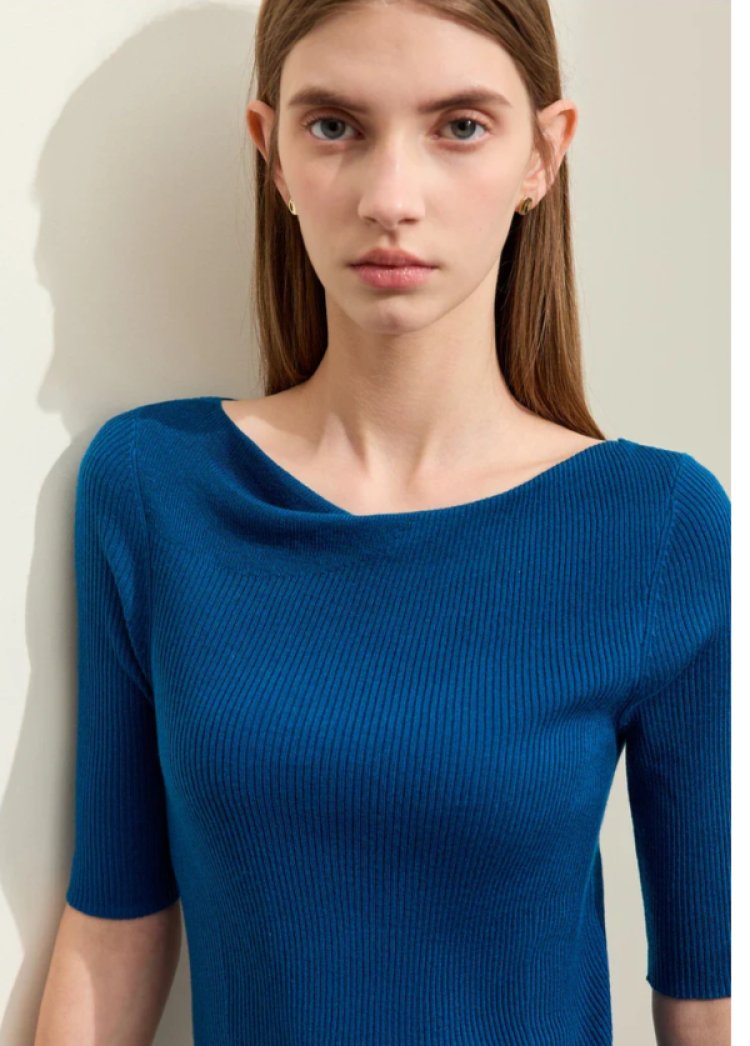The Timeless Appeal of Knitwear: A Journey Through Styles, Techniques, and Sustainability
The Timeless Appeal of Knitwear: A Journey Through Styles, Techniques, and Sustainability
Share this Post to earn Money ( Upto ₹100 per 1000 Views )

Knitwear, a staple of the fashion world, has transcended generations, climates, and cultures, becoming an essential part of wardrobes worldwide. From cozy sweaters to elegant shawls, knitwear encompasses a wide array of garments and accessories, each reflecting the artistry and tradition of knitting. In this article, we will explore the various styles and techniques of knitwear, its cultural significance, and the growing movement towards sustainable practices within the industry.
The History of Knitwear
Knitwear dates back to ancient times, with evidence suggesting that the technique originated in the Middle East around the 5th century. The earliest known knitted items were made from wool, providing warmth and protection against harsh climates. As knitting spread across Europe, it evolved into both a functional craft and a form of artistic expression.
In the 16th century, the rise of the knitting machine revolutionized production, making knitwear more accessible to the masses. The Industrial Revolution further propelled Knitwear into the mainstream, leading to the creation of iconic pieces such as the fisherman’s sweater in Ireland and the Fair Isle patterns of Scotland. These regional styles not only served practical purposes but also showcased the cultural heritage of their makers.
Types of Knitwear
Knitwear can be broadly categorized into several types, each with unique characteristics:
- Sweaters: Perhaps the most recognizable form of knitwear, sweaters come in various styles, including crew necks, turtlenecks, and cardigans. They can be made from different materials, such as wool, cotton, and synthetic fibers, catering to various climates and personal preferences.
- Scarves and Shawls: These accessories are not just for warmth but also serve as fashion statements. Knitted scarves can range from chunky and textured to delicate and lace-like, while shawls often feature intricate patterns that highlight the skill of the knitter.
- Hats and Beanies: Knit caps are essential for colder months, providing warmth and style. They can be adorned with pom-poms, cables, or intricate stitches, making them a popular choice for both functional and fashionable wear.
- Socks: Knitted socks, once considered a basic necessity, have gained popularity as a fashion item. Hand-knit or machine-knit, they can be made from various materials, including luxurious cashmere or practical wool.
- Knit Dresses and Skirts: More recently, knitwear has ventured into the realm of high fashion. Designers have embraced knit techniques to create elegant dresses and skirts, often incorporating complex patterns and textures.
Techniques in Knitting
The art of knitting involves various techniques that can dramatically alter the final product. Some of the most common include:
- Garment Construction: Knitted garments can be made from flat pieces sewn together or in a circular fashion, allowing for seamless designs.
- Stitch Patterns: Techniques such as cabling, lace knitting, and colorwork can create stunning visual effects. For example, Fair Isle knitting involves using multiple colors to create intricate patterns, while lace knitting employs yarn overs and decreases to create airy designs.
- Yarn Selection: The choice of yarn plays a crucial role in the final appearance and functionality of the knitwear. Different fibers have unique properties; for example, merino wool is soft and breathable, while acrylic is durable and easy to care for.
Knitwear in Fashion
Knitwear has firmly established itself in the fashion industry, often gracing the runways of major designers. Seasonal collections frequently showcase knit garments, reflecting contemporary trends while maintaining traditional techniques. Knitwear versatility allows it to be styled in countless ways, from casual streetwear to elegant evening looks.
Brands like Stella McCartney and Gucci have incorporated sustainable practices into their knitwear lines, using organic and recycled materials to create pieces that appeal to eco-conscious consumers. The blend of fashion and sustainability is becoming increasingly important, with many designers recognizing the need to reduce environmental impact while still delivering stylish products.
The Rise of Sustainable Knitwear
As awareness of environmental issues grows, the knitwear industry is undergoing a transformation towards sustainability. Many brands are now prioritizing eco-friendly materials, such as organic cotton, Tencel, and recycled fibers. This shift not only reduces the ecological footprint of knitwear production but also encourages consumers to invest in quality pieces that last.
Furthermore, there is a resurgence of interest in hand-knitting and DIY culture, with individuals embracing the craft as a way to create unique, personalized items. This movement promotes slow fashion—encouraging consumers to value craftsmanship over fast, disposable trends.
Care and Maintenance of Knitwear
To ensure the longevity of knitwear, proper care and maintenance are essential. Here are some tips to keep your knit garments looking their best:
- Washing: Always check the care label. Many knitwear pieces require gentle washing methods, often by hand or on a delicate cycle.
- Storage: Store knitwear flat rather than hanging to avoid stretching. Use breathable bags to protect against moths and dust.
- Pilling: Over time, pilling can occur on knitted fabrics. Use a fabric shaver to gently remove these pills and keep your garments looking fresh.
Conclusion
Knitwear is more than just clothing; it is a reflection of history, culture, and artistry. As styles evolve and sustainability becomes a priority, knitwear continues to hold a cherished place in our wardrobes. Whether you’re curling up in a chunky sweater or donning a delicate shawl, knitwear offers warmth, comfort, and a touch of elegance, proving that this age-old craft is as relevant today as it ever was. Embracing knitwear means not just investing in fashion, but also supporting a rich tradition that values craftsmanship and sustainability.
















